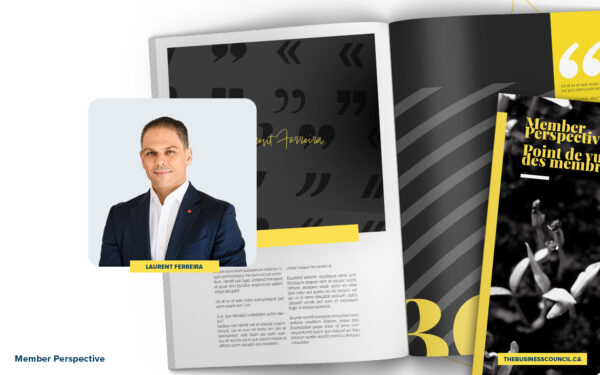Protecting your well-being through the pandemic: advice for working parents
As published in The Globe and Mail
Canadians are now facing the second wave of a global health pandemic, one that is impairing physical health, creating an economic downturn, affecting our social interactions and weakening our mental health. Simply put, all four pillars of our country’s well-being are suffering: physical, financial, social and mental. For an individual, when one pillar falters, it can negatively affect another. Fortunately, with some support, people can find a resolution and reinforce overall well-being. When all of the pillars falter at the same time on a global scale, as we are experiencing through this pandemic, it can have severe long-term effects on our society.
I work in the business of well-being, and our purpose is to improve lives and improve businesses by supporting each of those four pillars. One of the hardest-hit group of individuals throughout this pandemic is parents. Our Mental Health Index shows that individuals with at least one child have lower mental health scores than those without children – a trend that has remained consistent throughout the pandemic.
We know that working parents have added stressors, as heard on the Living Well podcast, not only related to keeping their family members healthy and ensuring children continue to receive high-quality education, but also having to find childcare while they are at work or balancing work from home with children requiring attention throughout the day. I have heard from employees and clients that many parents feel like they are being pulled in two directions – trying to balance professionalism while also tending to their children.
Meanwhile, some parents are struggling with the decision to put their career on hold and how that might affect their cost of living.
Whether parents are dealing with young children who are taking some classes from home or dealing with sharing living spaces with adult children who have moved back home, there is a lot that can be done to protect the well-being of parents throughout the pandemic.
Communicate. The first step is to have a conversation about what each person in the family needs to have a successful day. This could involve dividing up physical space in the house for each person to work. For those living in a small space, the conversation may be more focused on aligning your schedules so that parents are not taking work calls at the same time children are attending online classes. By this point, many families have likely figured out a system that works for them. If you are feeling bothered by your setup or not feeling as productive as you could be, however, it is important to discuss it with your family and make a change that works for everyone.
Organize. In addition to planning for work and school, it is important for families to plan for time together and time apart. Scheduling a family lunch or game night can create great memories for a time in the future when we can look back and remember the silver lining of this pandemic. Similarly, self-care and alone time is just as important for our well-being to ensure we are able to rest and recharge our internal battery by going on a bike ride or reading a book.
Adapt. If we didn’t know it before, we now know that life can take unexpected turns and the best we can do is embrace it and adapt. If you are struggling with finding a balance between work and childcare, talk to your employer about finding a schedule that works best for you. Perhaps it would be most effective to dedicate a couple hours in the middle of the day to childcare or helping children with schoolwork and work a couple hours later in the evening. We also need to relieve the pressure of expecting an interruption-free workday. You may need to set limits with your children about certain times during they day that they can pop their head into your home office, but also know that if you are on a video call with a client or colleague and your child walks in, most people on the other end of the call will be understanding. You may feel like it has interrupted your day, but often it is a welcome distraction for everyone during this stressful time.
Ultimately, organizations that are flexible with their employees, whether they are parents or not, are going to be the ones that shine on the other side of the pandemic.











